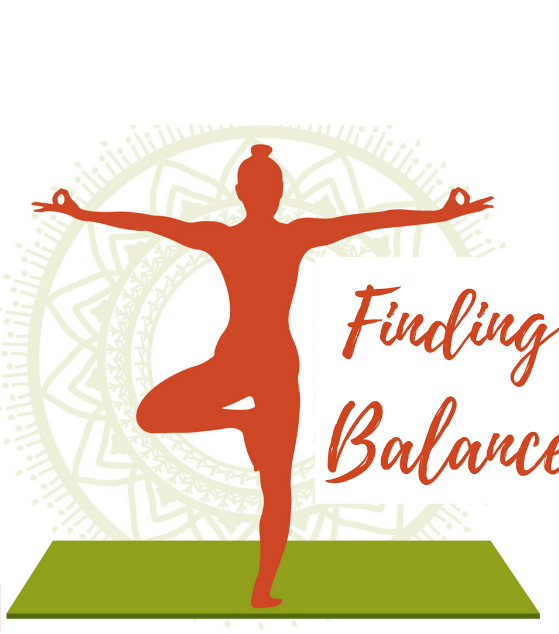As a yoga teacher, it can be challenging to maintain a personal practice while dedicating time to students. One of the most important aspects of yoga is committing to self-study, or Swadhyaya, and ongoing personal practice. But when you’re busy teaching, finding time for yourself can feel elusive. Like many teachers, I’ve found that my practice has evolved, and I’ve learned to honor the different seasons of practice in my life. Here’s what that journey has taught me.

The Seasons of My Practice
At the heart of my practice is recognizing that it naturally changes and shifts over time. There are seasons when I’m very active, attending classes, rolling out my mat regularly for my own practice, and even taking workshops to deepen my skills. But then, there are seasons where life takes over, and my practice becomes less about physically getting on my mat and more about doing a short body scan meditation while relaxing in bed or squeezing in five minutes of mindful movement throughout the day.
For me, balance comes from acknowledging and honoring these different seasons rather than feeling guilty about not doing a full 60-minute practice four times a week. Life isn’t static, and neither is my practice. Whether I’m actively practicing or simply being mindful in small moments, I’ve learned to accept and work with what life brings rather than beat myself up over it.
Finding Comfort in Familiarity
As teachers, we often become more particular about the types of classes we attend and the teachers we trust with our bodies and practices. Over time, I’ve developed a sense of what feels right for me, and I’ve identified a few mentors and teachers that I regularly return to.
These relationships are vital for me. They offer a safe space where I feel supported and understood, and I trust them to guide me in a way that complements my teaching journey. When you find teachers and mentors who align with you, it provides a sense of comfort and grounding. This allows you to focus on your practice in a way that nourishes your body and spirit.
Expanding Your Horizons
At the same time, it’s important not to get too comfortable. Every so often, I step out of my comfort zone and try something new to refresh my practice. For example, I’ll attend classes in different styles of yoga like Ashtanga, Nidra, Restorative, or even Hot 26.
Sometimes, I check out studios I haven’t visited in a while, and I’ve also found incredible inspiration on YouTube from other yoga practitioners. Expanding beyond your usual routine opens up new experiences that can help re-ignite your passion for yoga, and even influence the way you teach.
Embracing the Other Limbs of Yoga
Yoga is so much more than the physical postures, or asana. In times when I can’t make it to a mat, I dive into yoga’s other limbs, such as pranayama (breathwork) and meditation. I often practice pranayama in the early morning to ground myself before the day begins, and that breathwork becomes my practice for the day.
Redefining What Constitutes a Practice
One of the most significant lessons I’ve learned is to broaden my understanding of what constitutes a yoga practice. For a long time, I subconsciously equated all yoga practice with physical postures, particularly the postures I teach. But now, I see that reading, journaling, and self-examination are also vital elements of my practice.
By reading, I can expand my knowledge and allow new ideas to filter into my teachings. Through journaling, I’m able to reflect and break down my experiences, which helps me process what I’m learning and how I’m growing. This self-exploration helps balance my role as a teacher and student, reminding me that yoga is about much more than Downward Dog.
Final Thoughts
Balancing your personal practice with teaching isn’t always easy, but it’s an essential part of staying connected to the heart of yoga. By recognizing the seasons of your practice, finding comfort and expansion in your experiences, and embracing a broader view of what practice entails, you can continue to grow and evolve in both roles. The key is honoring where you are at any given moment—and allowing that to be enough.